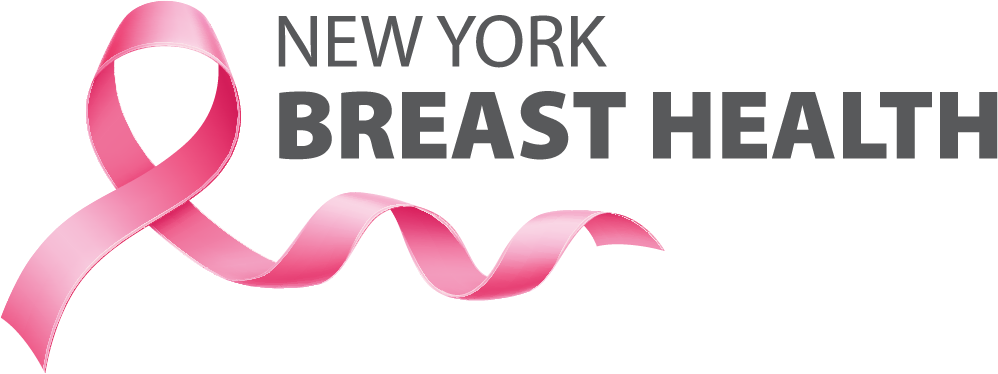Different Options At Different Stages: Approaching Your Breast Cancer Diagnosis
After someone has been diagnosed with breast cancer, it is crucial to determine if the cancer has spread within the breasts, to the lymph nodes in the axilla or to other parts of the body. This process of deducing the size of the cancer and where it has spread is called staging. There are five stages of breast cancer, stage zero being ductal carcinoma in situ where the cancer cells are isolated to the milk ducts and have not invaded outside of the ducts. Stage one through four are invasive breast cancer. Stage zero is the most isolated and stage four is the most widespread. In the early stages of breast cancer, patients typically start their treatment plan with surgery. Additional treatment after surgery can include radiation treatment and/or treatment with chemotherapy or endocrine therapy. Locally advanced breast cancer usually involves having chemotherapy first to shrink the tumor prior to surgery to remove it. Stage 4 or metastatic breast cancer is treated systemically with chemotherapy and other medications.
Stage One:
Stage one breast cancer involves a small tumor that has not spread outside of the breast. Stage one breast cancer is when the tumor is at most 20 millimeters in size. Since the cancer is isolated to the breast, the best treatment is to operate first to remove the tumor. Since the tumors in this stage of breast cancer are small, it is possible to preserve the integrity of the breast using breast-conserving surgery. Medical experts at NY Breast Health recommend that "If a patient opts for a lumpectomy (breast conserving surgery), radiation treatment to that breast is recommended which decreases the local recurrence risk making this treatment equivalent to mastectomy in terms of overall survival and recurrence. For some patients, specifically those over the age of 70, radiation may be excluded, but this is determined on an individual basis and the biology of the tumor." Another option is a mastectomy in which the full breast is removed. After having a mastectomy, it is possible to have reconstruction surgery to have new breasts made.
Stage Two:
Stage 2 breast cancer includes larger tumors 2-5 cm and can also include axillary nodal spread. Specialists note, "When performing surgery for any invasive breast cancer it is important to perform a sentinel lymph node biopsy, which is a biopsy of a one to a few lymph nodes under the arm on the side of the cancer, to determine if the cancer has spread to the lymph nodes." Smaller stage two breast cancers are treated with surgery first, but if the tumor is on the larger side or if there is involvement of cancer in the lymph nodes then most doctors recommend chemotherapy to shrink the tumor size and treat the cancer systemically before surgery. This is called neoadjuvant chemotherapy and one of the benefits of this treatment is, "shrinking the tumor, so patients have the option of breast conservation surgery, like a lumpectomy, versus having their whole breasts removed."
Stage Three:
Stage three breast cancer is also known as locally advanced breast cancer. This type of breast cancer has spread from the breast to the lymph nodes surrounding the breast and/or to the chest wall or skin overlying the breast. Stage three tumors are greater than 50 millimeters in size. Patients can also be considered stage three with smaller tumors if they have greater lymph node involvement. Because of the severity of nodal involvement and or local extension to the chest wall and/or skin, chemotherapy is recommended prior to surgery.
Stage Four:
Stage four breast cancer is classified as breast cancer that has spread to other parts of the body besides the breast and axillary lymph nodes. The main factor is the distant spread of the disease and this requires systemic treatment. The treatment for this kind of advanced cancer is chemotherapy and other newer drug treatments which include immunotherapy. Hormone therapy is another form of systemic treatment that is used to treat estrogen positive breast cancer at all stages of cancer.
While being diagnosed with breast cancer at any stage can be daunting, knowing your options and course of action is important. Prevention and surveillance is key! Talking to your doctor and discussing your options is the best thing you can do!

